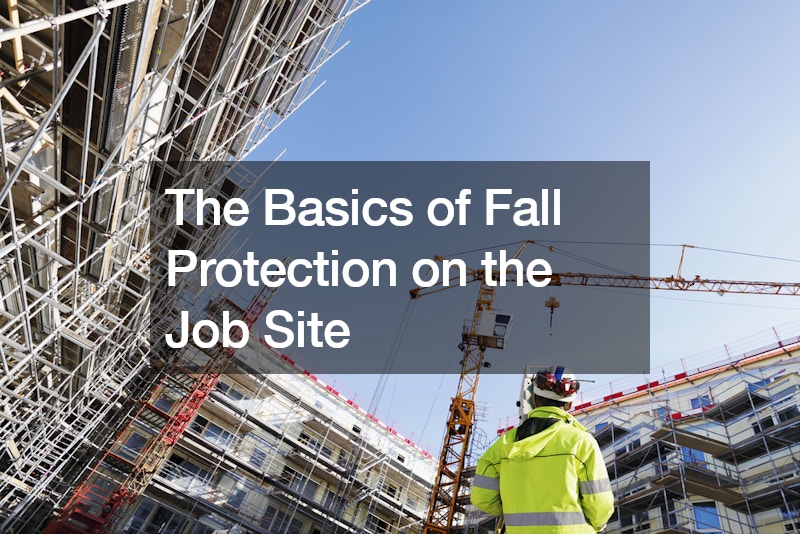
Fall protection is a critical component of workplace safety, particularly in industries such as construction, manufacturing, and warehousing. The Occupational Safety and Health Administration (OSHA) sets stringent standards for fall protection to prevent accidents and injuries. Understanding these OSHA fall protection guidelines is the first step in ensuring a safe job site.
Identifying Fall Hazards
The initial phase in establishing effective fall protection is identifying potential hazards. Common fall risks include unprotected edges, wall openings, scaffolding, and ladders.
Conducting regular site inspections and hazard assessments helps in pinpointing areas where fall protection measures are needed.
Implementing Protective Measures
OSHA fall protection measures include the use of guardrails, safety nets, and personal fall arrest systems (PFAS). Guardrails provide a physical barrier to prevent falls, while safety nets catch workers if they do fall. PFAS, including harnesses and lanyards, are designed to arrest a fall before the worker hits the ground. Selecting the appropriate protective measures depends on the specific hazards identified on the job site.
Training and Education
Proper training is essential for the effective implementation of fall protection. Workers should be trained on the correct use of fall protection equipment, hazard recognition, and emergency response procedures. Regular training sessions ensure that all employees are aware of the latest safety practices and OSHA fall protection requirements.
Regular Equipment Inspections
Maintaining fall protection equipment is crucial for ensuring its effectiveness. Regular inspections should be conducted to check for wear and tear, damage, and any signs of malfunction. Promptly replacing any faulty equipment helps in maintaining a safe work environment.
.

